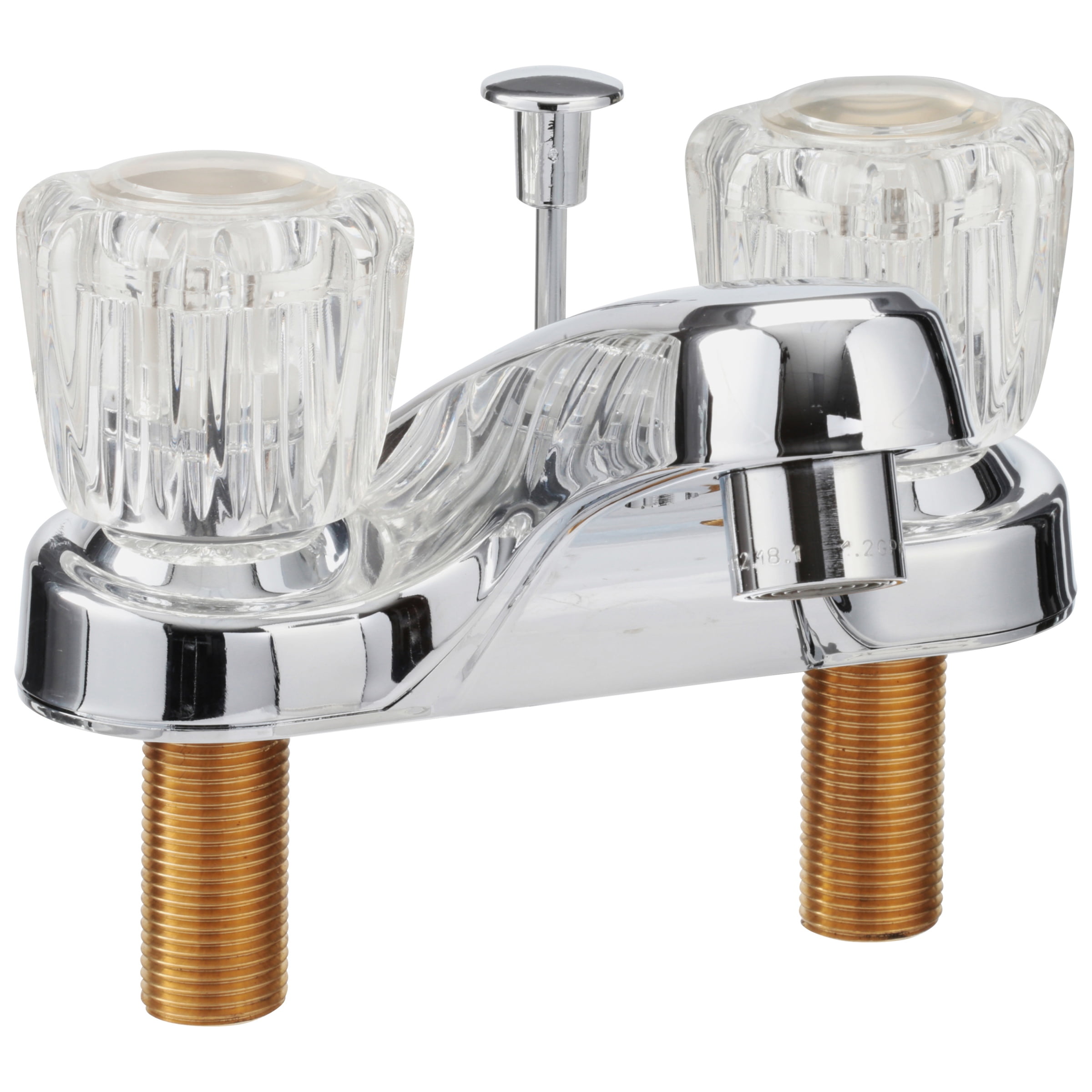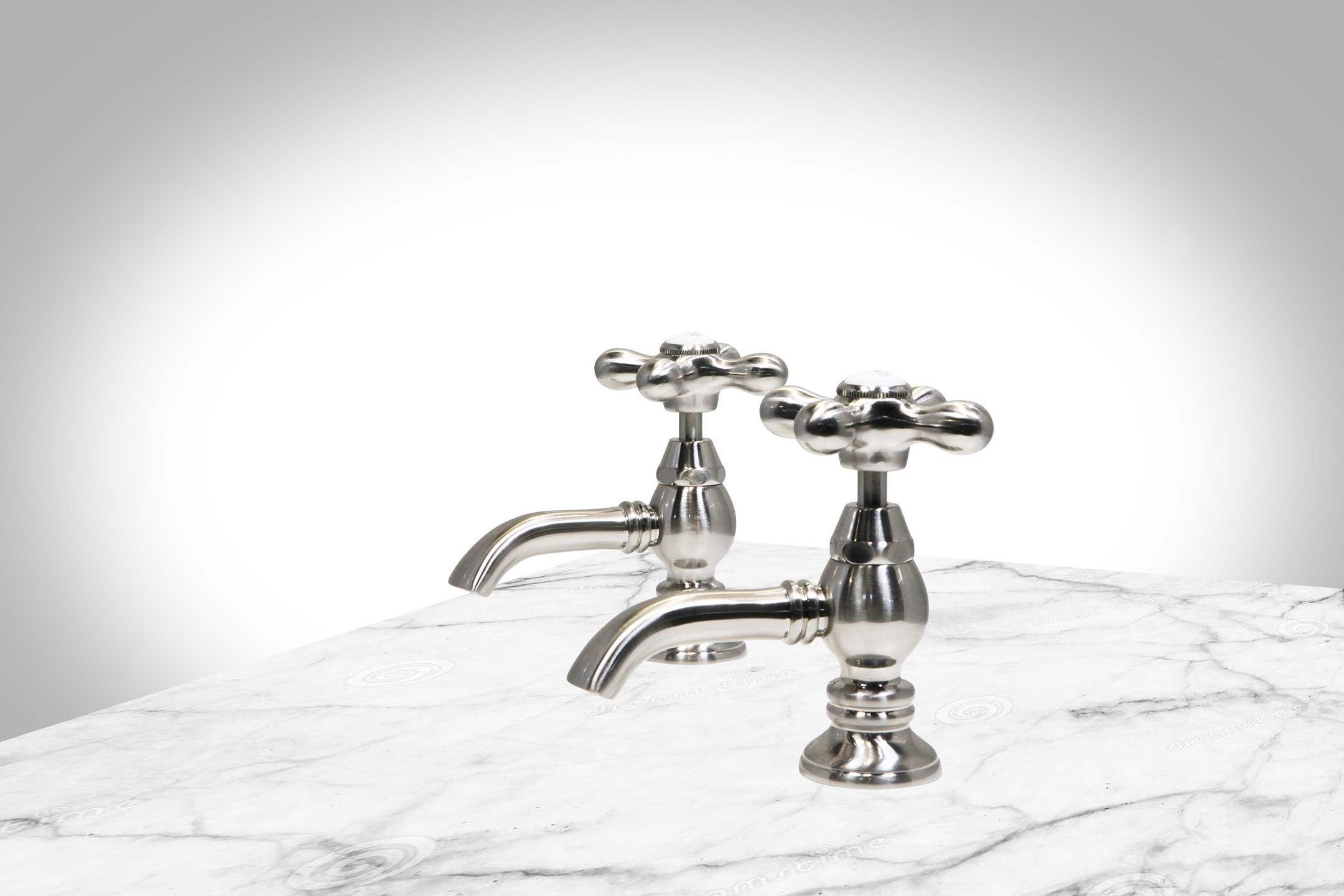The Elizabethan Era and its Influence on Design
The Elizabethan era, spanning from 1558 to 1603, was a period of significant cultural and artistic flourishing in England, marked by a renewed interest in classical learning and a burgeoning sense of national pride. This era left an indelible mark on design principles, influencing everything from architecture to fashion, and its impact can still be felt today.
Elizabethan Architecture and Decorative Motifs
Elizabethan architecture is characterized by its grand scale, intricate ornamentation, and use of natural materials. The era saw the rise of stately homes, often built with half-timbered construction and featuring gables, bay windows, and elaborate chimneys. These architectural features were often adorned with decorative motifs, such as Tudor roses, heraldic symbols, and intricate carvings.
- Tudor Rose: The Tudor rose, a symbol of the Tudor dynasty, was a prominent motif in Elizabethan architecture. It was often incorporated into window frames, door surrounds, and other decorative elements.
- Heraldic Symbols: Heraldic symbols, such as coats of arms and crests, were also frequently used in Elizabethan design. These symbols were often displayed prominently on buildings, signifying the status and lineage of the owner.
- Intricate Carvings: Intricate carvings were a hallmark of Elizabethan design, often featuring floral patterns, animal motifs, and geometric designs. These carvings were used to adorn everything from furniture to fireplaces.
Elizabethan Bathroom Design
While bathrooms as we know them today were not commonplace in the Elizabethan era, the design principles of the period did influence the design of bathing and toilet facilities.
- Baths and Bathing: Bathing was a common practice in Elizabethan England, although it was often done in large tubs or barrels rather than in dedicated bathroom spaces. These tubs were often made of wood and lined with lead, and they were often placed in private chambers or dressing rooms. The water for these baths was heated over a fire, and the bathing process was a social event, often involving servants who helped to prepare and clean the tubs.
- Toilet Facilities: Toilet facilities in Elizabethan England were often basic and located in outhouses or in private chambers. These facilities were typically made of wood and had a simple design. The use of chamber pots was common, and waste was often disposed of through cesspits or into the streets.
Classic Bathroom Faucets

Classic bathroom faucets have stood the test of time, becoming a beloved staple in homes for their timeless elegance and enduring quality. Their popularity stems from a combination of factors, including their elegant designs, reliable functionality, and ability to seamlessly blend with various bathroom styles. These faucets, often associated with a sense of tradition and sophistication, add a touch of classic charm to any bathroom space.
Classic Bathroom Faucet Styles, Elizabethan classics bathroom faucets
Classic bathroom faucets are characterized by their elegant and enduring designs, often featuring intricate details and timeless silhouettes. These faucets are available in a variety of styles, each with its own unique appeal. Here are some of the most popular classic bathroom faucet styles:
- Cross Handles: Cross handle faucets, also known as “cross-handle” faucets, are a classic choice for bathroom fixtures. They feature two separate handles, typically shaped like crosses, that control the hot and cold water flow. These faucets are known for their elegant and traditional look, often found in bathrooms with a vintage or traditional aesthetic.
- Lever Handles: Lever handle faucets offer a more modern take on classic design. These faucets feature a single lever that controls both the hot and cold water flow, making them easy to operate. Lever handle faucets are known for their sleek and contemporary look, blending seamlessly with modern bathroom designs.
- Widespread Designs: Widespread faucets are a popular choice for larger bathroom sinks. These faucets feature separate hot and cold water spouts that are spaced further apart than centerset faucets, providing a more expansive and elegant look. Widespread faucets are often seen in bathrooms with a traditional or contemporary aesthetic.
Materials Used in Classic Bathroom Faucets
Classic bathroom faucets are crafted from a variety of materials, each contributing to their durability, aesthetics, and overall appeal. The most common materials used in classic bathroom faucets include:
- Brass: Brass is a popular choice for classic bathroom faucets due to its durability, resistance to corrosion, and ability to be polished to a high shine. Brass faucets are available in a variety of finishes, including polished brass, satin brass, and antique brass, allowing you to choose the perfect look for your bathroom.
- Bronze: Bronze is another durable and aesthetically pleasing material often used in classic bathroom faucets. Bronze faucets are known for their rich, warm tones and ability to develop a beautiful patina over time. Bronze faucets are available in a variety of finishes, including polished bronze, oil-rubbed bronze, and antique bronze.
- Porcelain: Porcelain is a durable and elegant material often used for the handles and other decorative elements of classic bathroom faucets. Porcelain is known for its smooth, white finish and its ability to withstand wear and tear. Porcelain faucets are often found in bathrooms with a traditional or vintage aesthetic.
Modern Interpretations of Elizabethan Classics: Elizabethan Classics Bathroom Faucets

Modern bathroom faucets, with their sleek lines and minimalist designs, often seem worlds away from the ornate grandeur of the Elizabethan era. But, as with many design trends, the past often inspires the present. Designers today are finding new ways to incorporate the timeless elegance of Elizabethan aesthetics into contemporary bathroom fixtures. This fusion of styles results in bathroom faucets that are both visually captivating and functional.
Blending Elizabethan Aesthetics with Modern Functionality
The challenge of incorporating Elizabethan elements into modern bathroom faucets lies in striking a balance between historical inspiration and contemporary practicality. Designers achieve this by carefully selecting key design features that embody Elizabethan aesthetics while maintaining the functionality and ease of use expected of modern fixtures.
The key to successful fusion lies in the ability to reinterpret historical elements in a way that complements modern design principles.
Here are some examples of how modern designers have successfully blended Elizabethan aesthetics with modern functionality:
- Ornate Finishes: Elizabethan design was characterized by intricate details and luxurious finishes. Modern designers often incorporate these elements by using materials like polished brass, nickel, or copper with intricate patterns and textures. These finishes add a touch of grandeur to contemporary bathroom faucets, evoking the opulent feel of Elizabethan interiors.
- Geometric Patterns: Elizabethan architecture often featured geometric patterns, such as the intricate carvings found on furniture and architectural details. Modern designers incorporate these patterns into bathroom faucets by using geometric shapes in the handles, spouts, or even the overall design of the fixture. This creates a subtle nod to Elizabethan aesthetics while maintaining a modern feel.
- Curved Lines: The flowing lines and curves of Elizabethan design are often reflected in the graceful curves of modern bathroom faucets. This creates a sense of elegance and sophistication, echoing the ornate details of Elizabethan architecture and furniture.
- Intricate Details: While modern bathroom faucets tend to be minimalist in their design, they can still incorporate intricate details that subtly reference Elizabethan aesthetics. These details might include decorative accents, engraved patterns, or even the shape of the handles. These subtle touches add a touch of historical charm without overwhelming the contemporary design.
Examples of Elizabethan-Inspired Bathroom Faucets
- The “Regal” Faucet: This faucet features a polished brass finish with intricate geometric patterns etched into the handles. The spout is gracefully curved, adding a touch of elegance to the design. The “Regal” faucet combines Elizabethan grandeur with modern functionality, making it a perfect choice for bathrooms that seek a touch of historical charm.
- The “Courtly” Faucet: This faucet features a sleek, minimalist design with a subtle nod to Elizabethan aesthetics. The handles are crafted from polished nickel and feature delicate, engraved patterns. The spout is gracefully curved, adding a touch of elegance to the design. The “Courtly” faucet is a perfect example of how modern designers can incorporate Elizabethan elements into contemporary bathroom fixtures without sacrificing functionality.
Creating an Elizabethan Classic Bathroom

Transforming your bathroom into an Elizabethan haven is a journey of design and inspiration. The goal is to create a space that exudes elegance, history, and a touch of royalty, all while incorporating the timeless charm of Elizabethan classic bathroom faucets.
Bathroom Layout and Design
The bathroom layout is crucial to achieving the desired Elizabethan aesthetic. Consider these design elements to achieve a cohesive and luxurious feel:
* Spaciousness: An Elizabethan bathroom evokes a sense of grandeur. Prioritize ample space for movement and a luxurious feel.
* Symmetry: The Elizabethan era emphasized symmetry and balance. A well-balanced bathroom layout with symmetrical elements creates a sense of order and harmony.
* Natural Light: Large windows that allow natural light to flood the space are essential. Think of sunlit chambers with expansive views.
* High Ceilings: High ceilings add to the feeling of grandeur and space. They allow for intricate moldings and decorative elements.
Complementary Fixtures and Finishes
The choice of fixtures and finishes is crucial in achieving the desired Elizabethan aesthetic. Here are some key elements to consider:
* Fixtures:
* Faucets: Choose classic, ornate faucets with intricate details. Look for designs that evoke the craftsmanship of the Elizabethan era.
* Tub: A freestanding clawfoot tub is a classic choice. Consider a cast-iron tub with elegant curves and ornate detailing.
* Sinks: A pedestal sink adds a touch of elegance and grandeur. Choose a sink with a classic design and ornate detailing.
* Finishes:
* Walls: Consider rich, warm colors like deep reds, golds, and greens. Intricate wall coverings like damask wallpaper or textured wall finishes can add a touch of opulence.
* Flooring: Hardwood flooring or large-format tile flooring can create a luxurious feel. Consider rich wood tones or elegant marble patterns.
* Lighting: Chandeliers with crystal accents or ornate wall sconces add a touch of grandeur and create a warm, inviting ambiance.
* Accessories: Incorporate decorative elements like antique mirrors, ornate picture frames, and luxurious towels.
Mood Board
Imagine a bathroom bathed in soft, warm light streaming through large, arched windows. The walls are adorned with deep red damask wallpaper, and the floor is covered in rich mahogany hardwood. A freestanding clawfoot tub sits in the center of the room, its elegant curves accented by ornate brass fixtures. A pedestal sink with intricate detailing stands beside the tub, and a chandelier with crystal accents hangs from the high ceiling, casting shimmering light on the space. The overall atmosphere is one of elegance, history, and a touch of royalty, creating a truly immersive Elizabethan experience.
